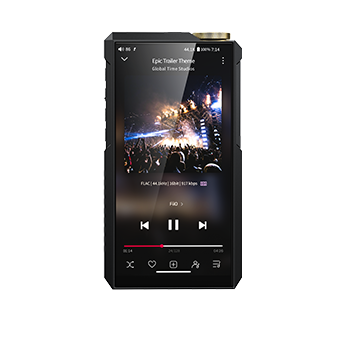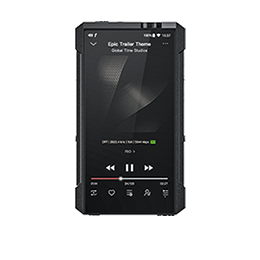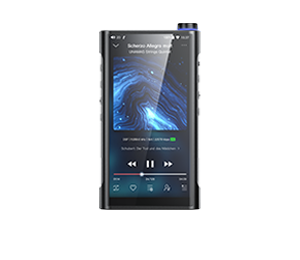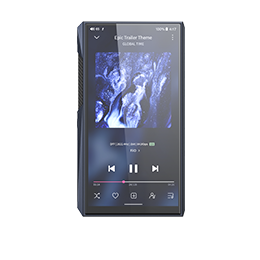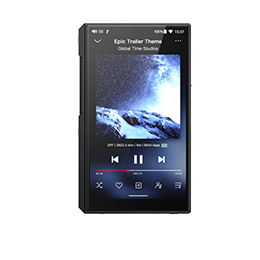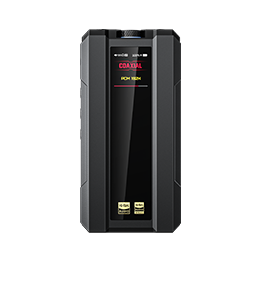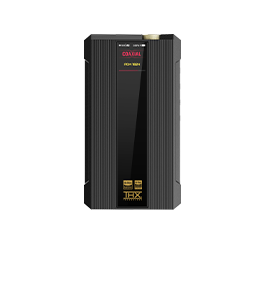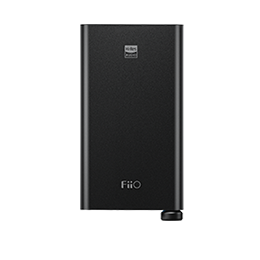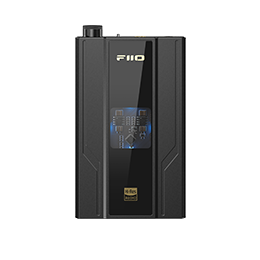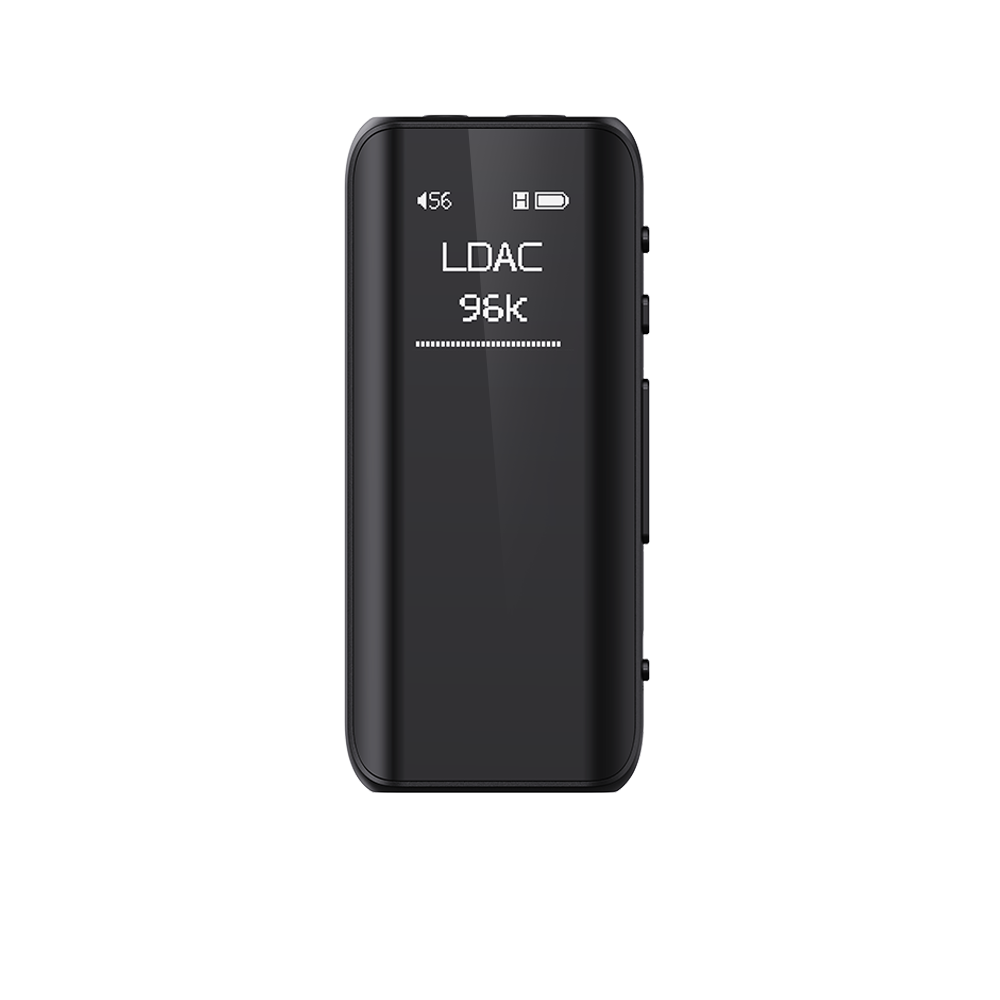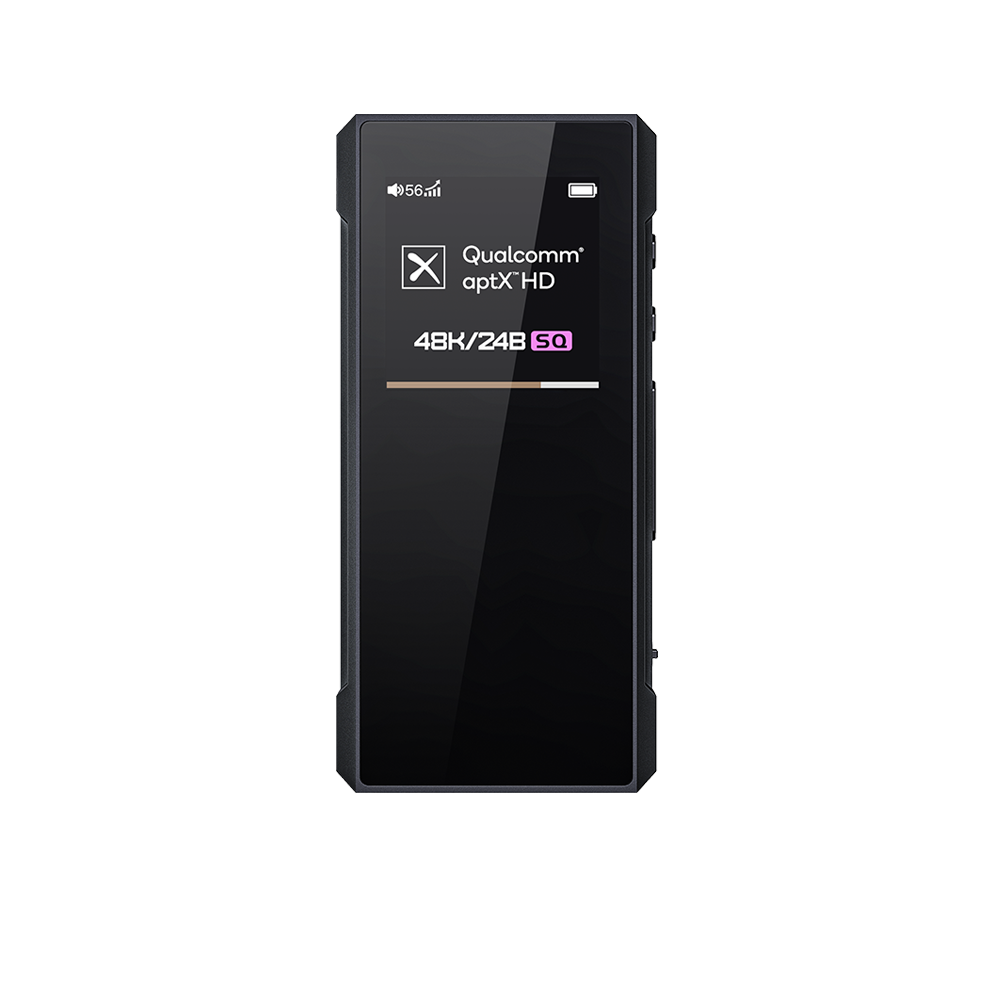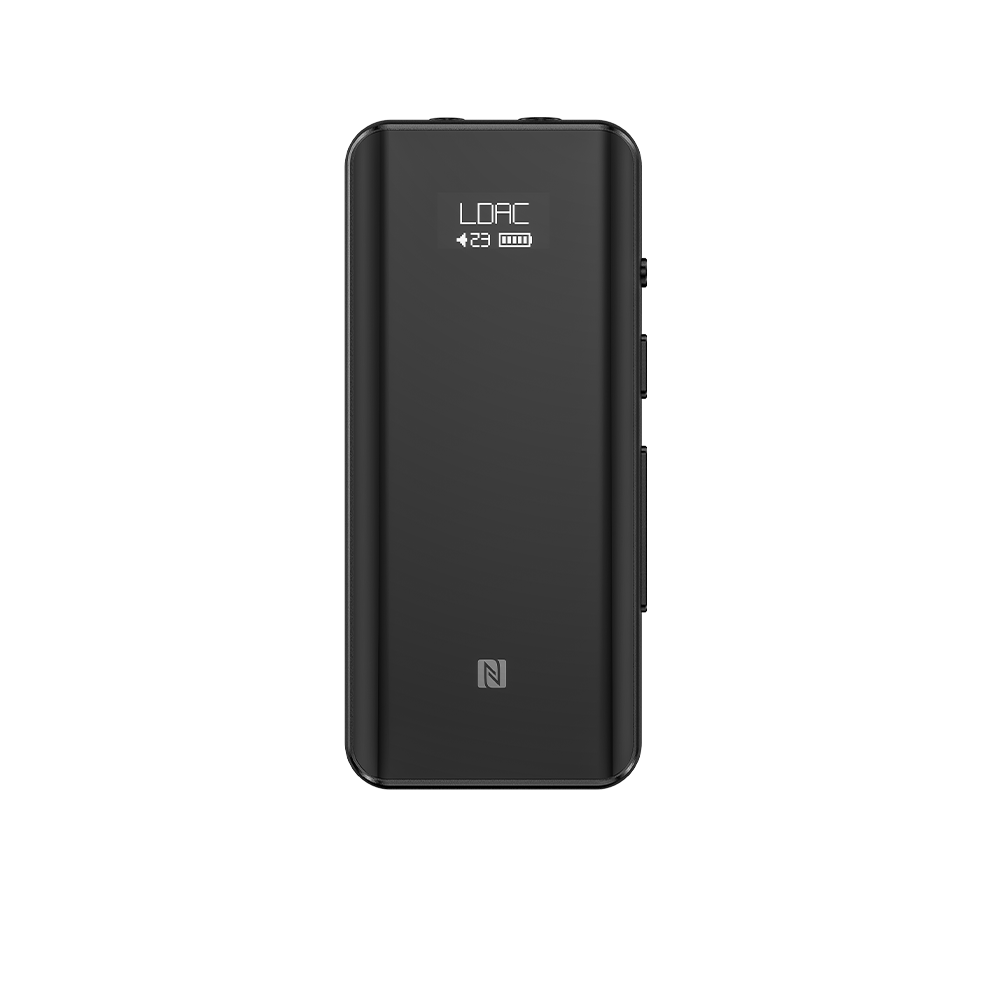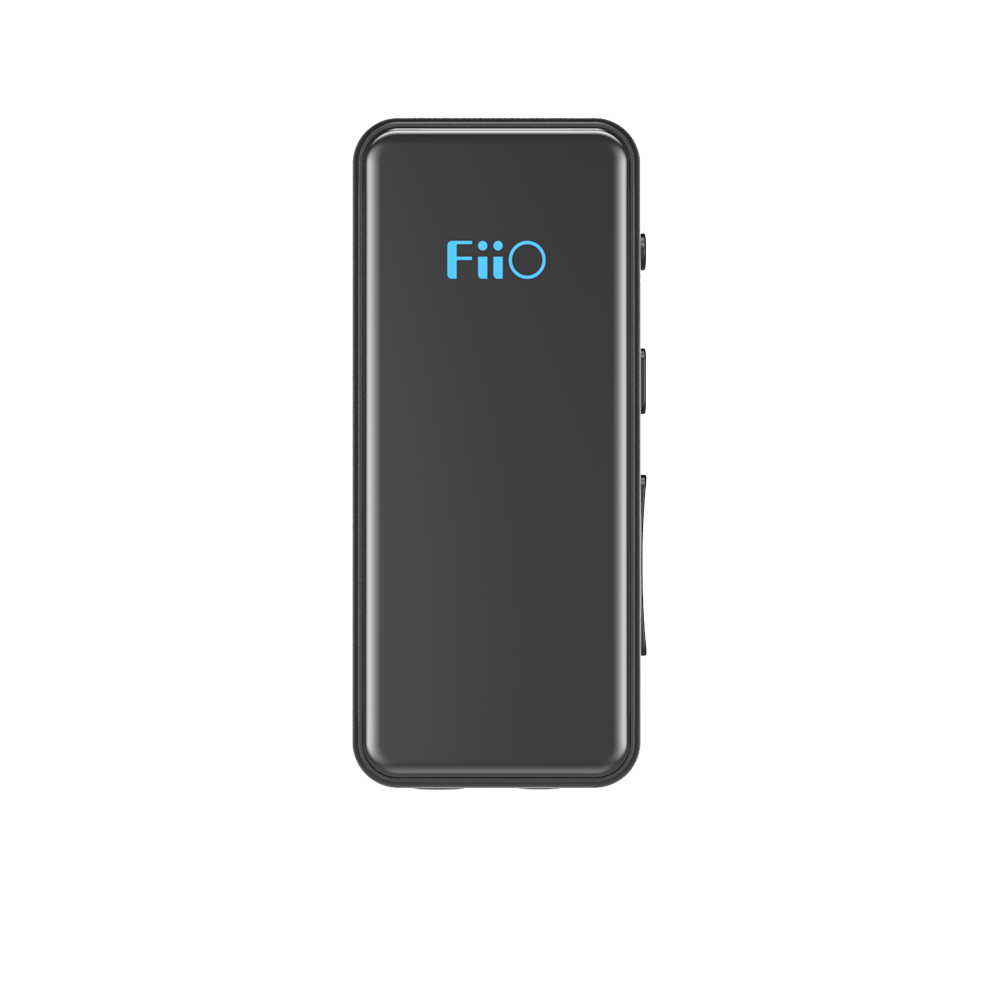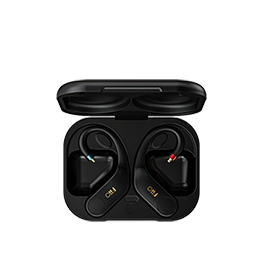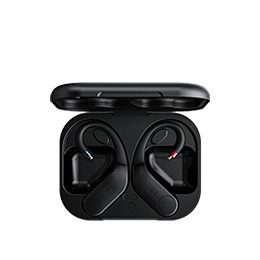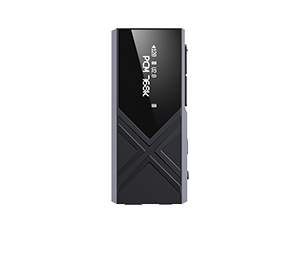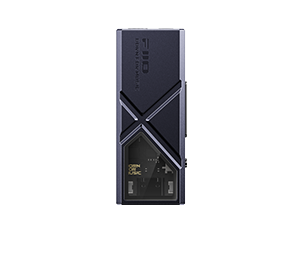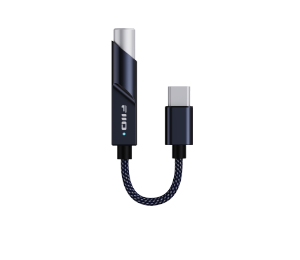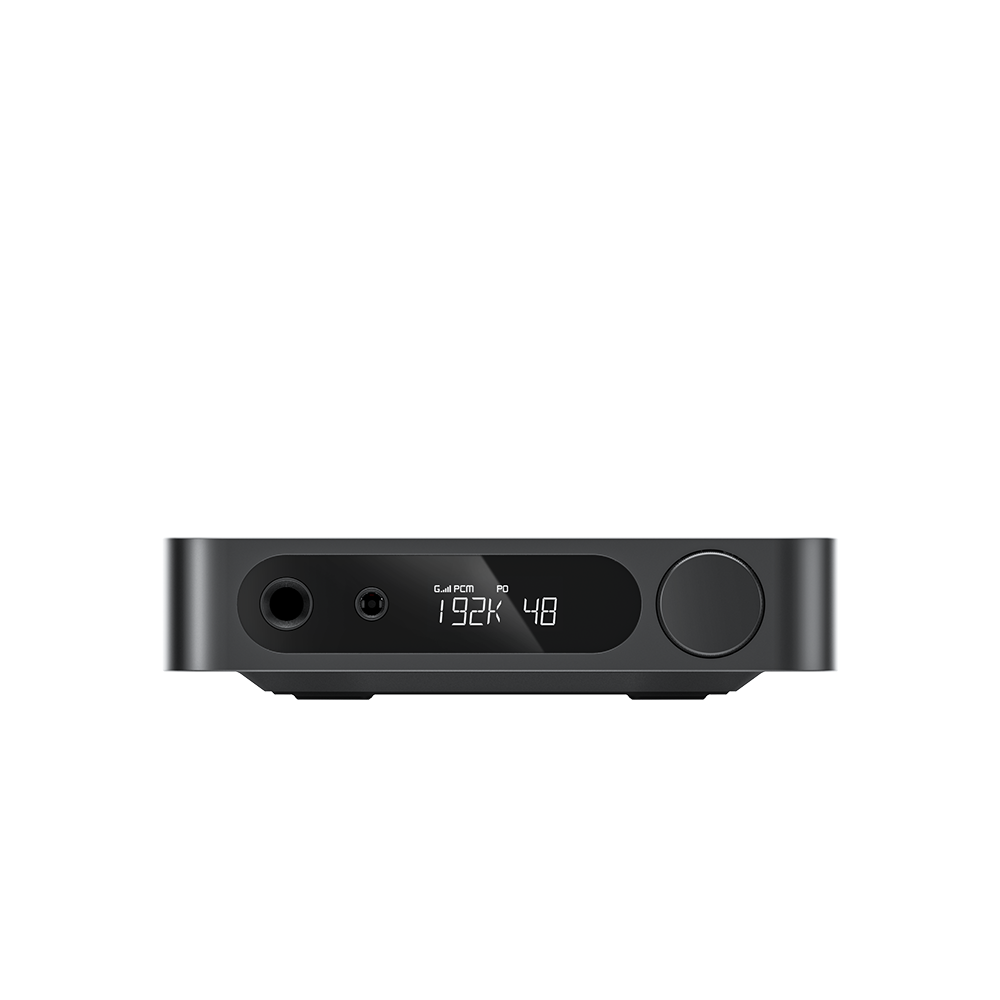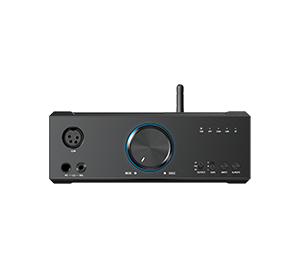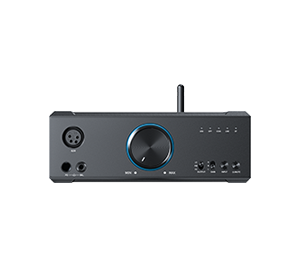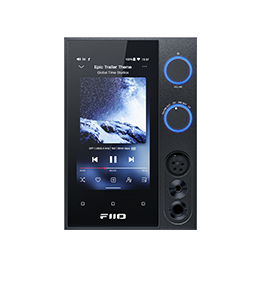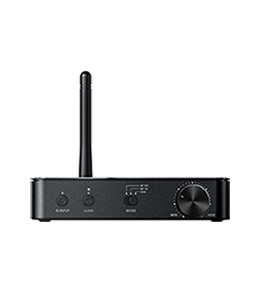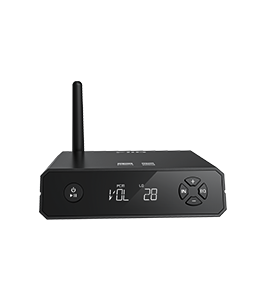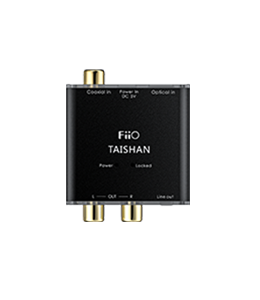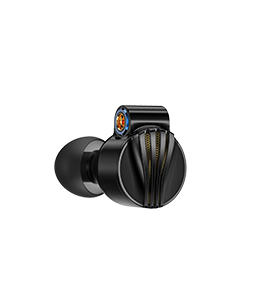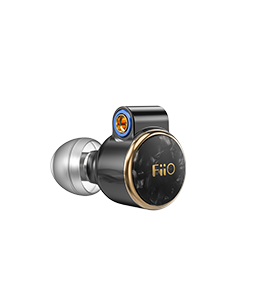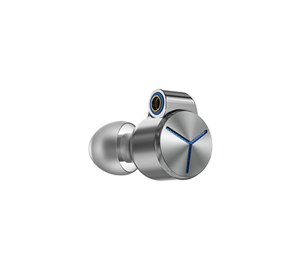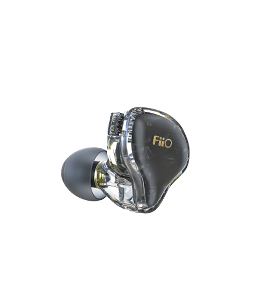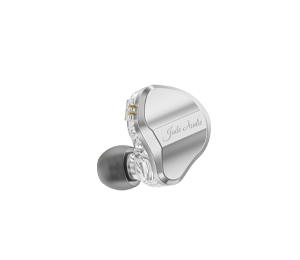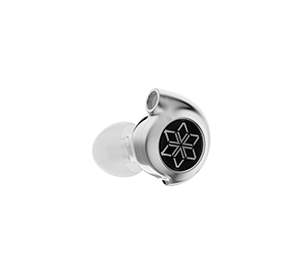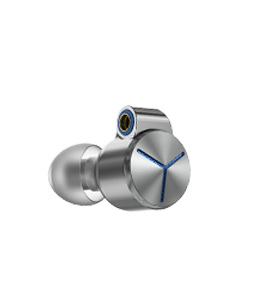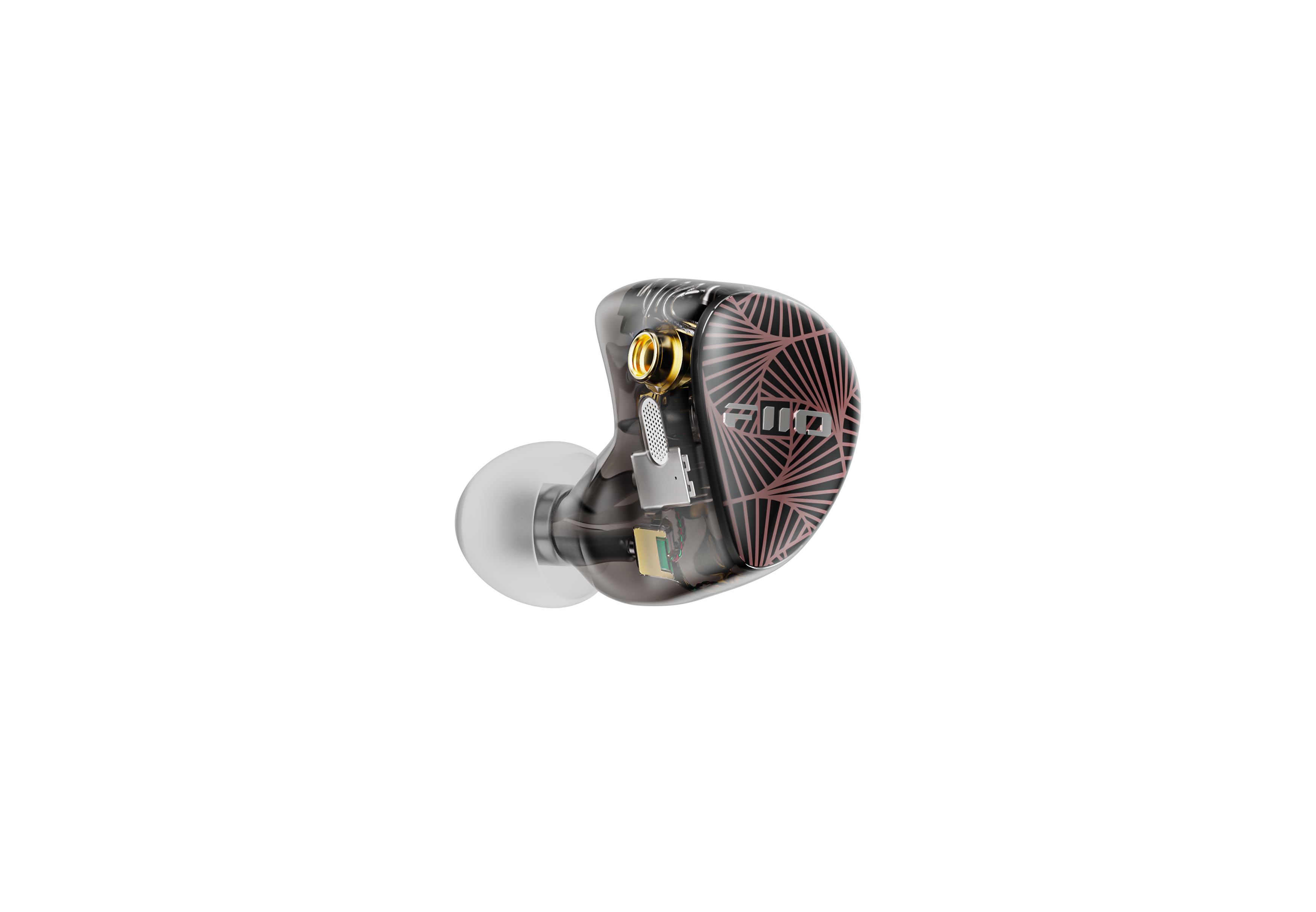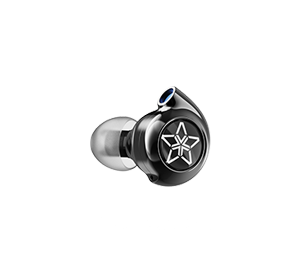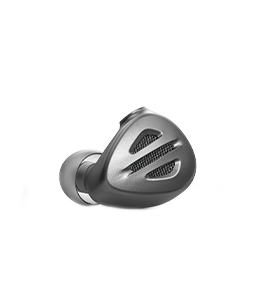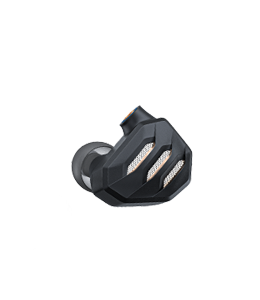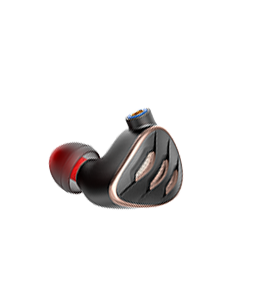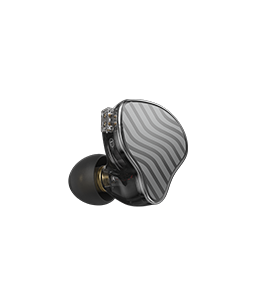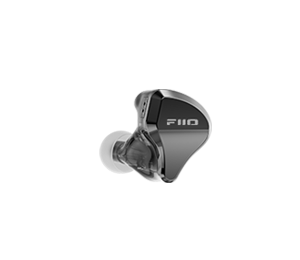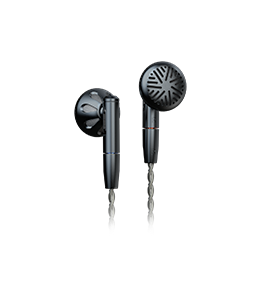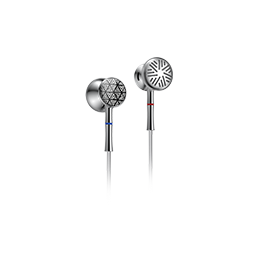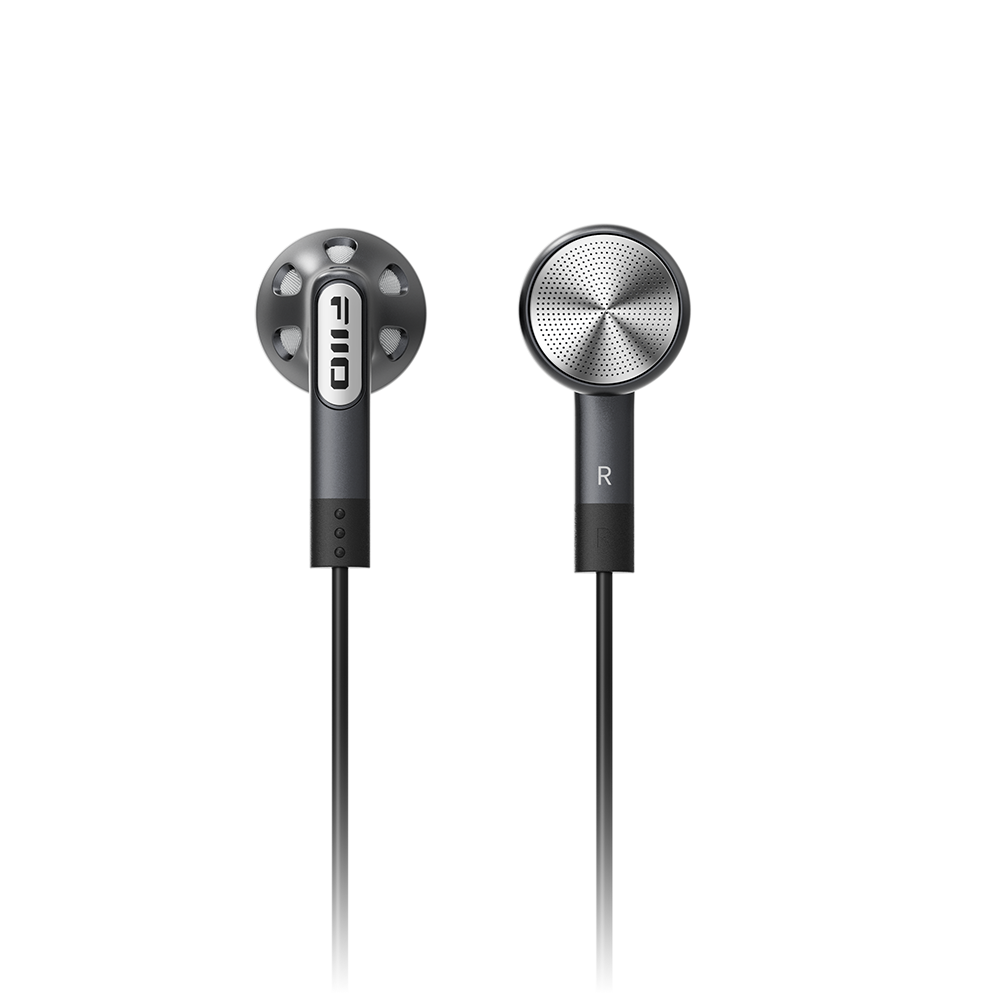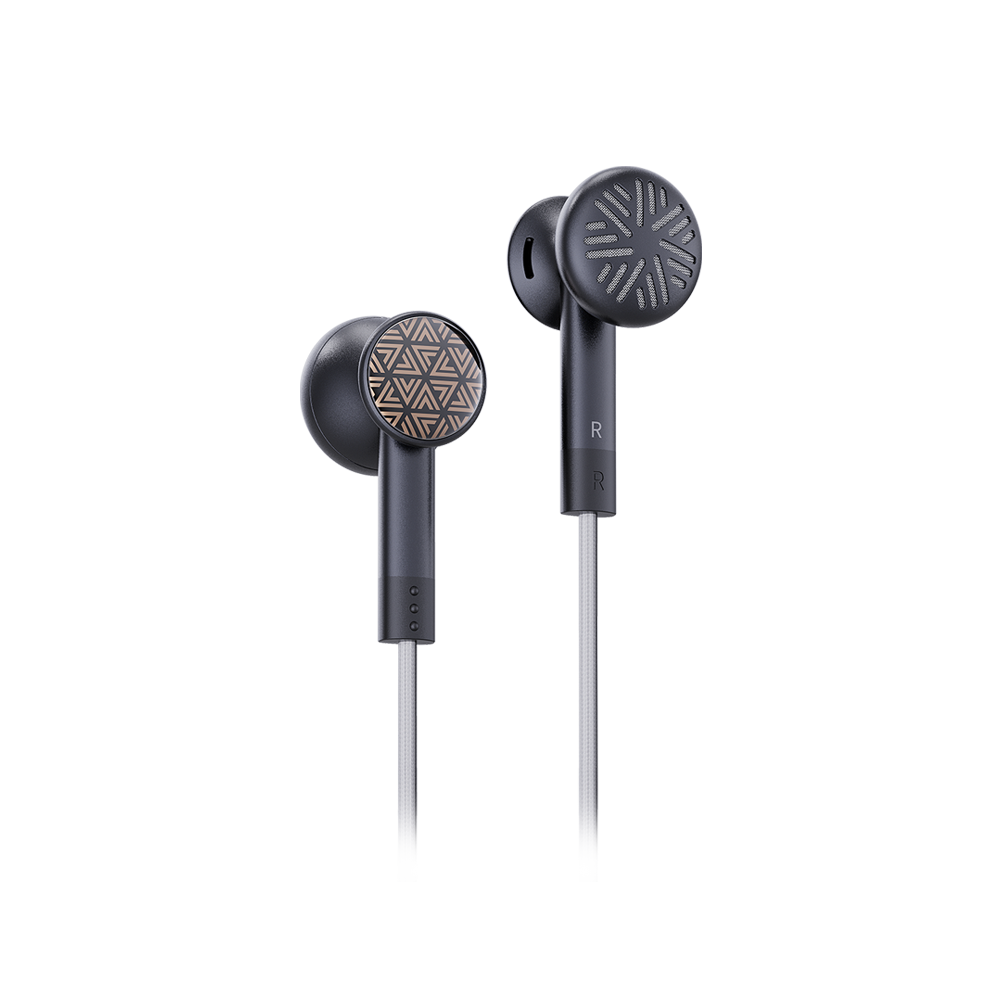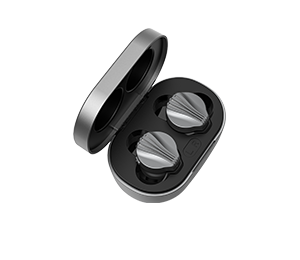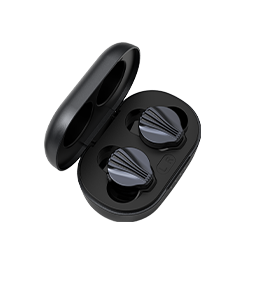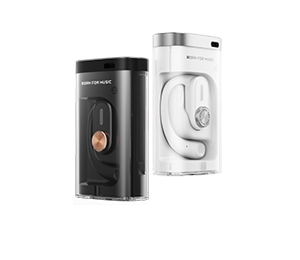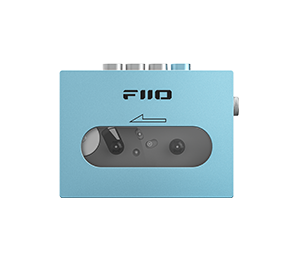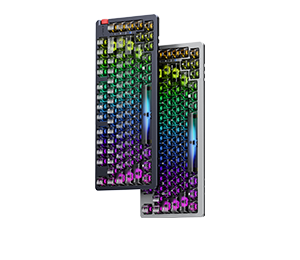REVIEW: FIIO A1 AMP – BUDGET FI
Author: Lieven
Review from: Headfonia
→→ Read the original article on Headfonia: >> Click here
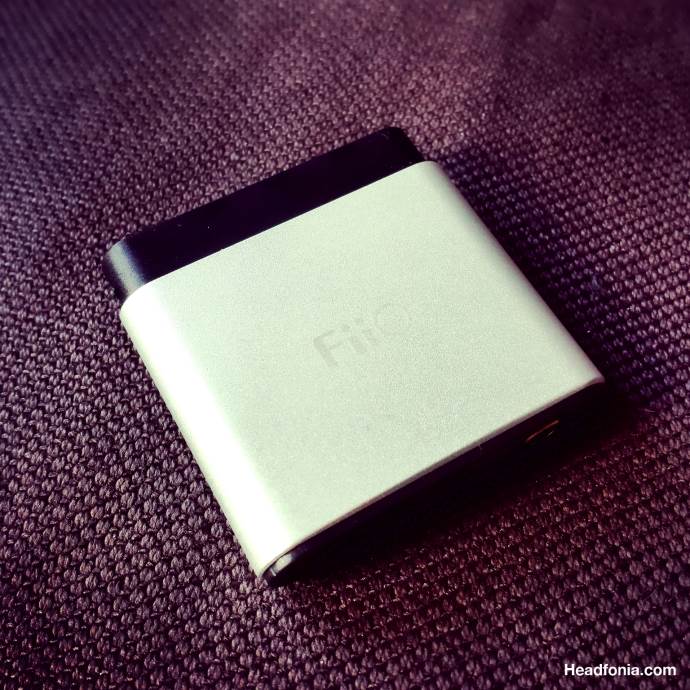
Disclaimer: The unit goes for around $30USD on the web but Fiio sent us the Fiio A1 free of charge. Fiio also is a website advertiser.
The Mini A1 Amp
Fiio’s latest Fiio A1 mini amplifier continues the Fiio tradition of making small budget portable amplifiers. The Fiio E6 which Mike reviewed back in December 2011 is one of the Fiio A1’s predecessors. Just like with any Fiio unit, these budget mini amps are incredibly popular with those who have a small budget and with those taking their first steps in better portable audio. Mike called it “An amplifier for the masses” and just looking at the build quality and features, it probably was the most mainstream-ready portable headphone amplifier in the market. They’re small, well build and packed with convenient features like USB charging, EQ and bass boost. Fiio will always be connect to the bass boost function they always seem(ed) to implement, even if they lately have stepped a bit away from that direction. Most important, these mini amps are priced so low that nobody has a right to raise objections about the price/quality ratio. The question is though if these miniature amps still have a lot of value as smartphones and portable players now all have stronger outputs than several years ago.
The tiny Fiio A1 has a metal sandblasted aluminum alloyed chassis and for the price I honestly expected it to be a full plastic enclosure, so that was a nice surprise. First thing you notice when you hold the packaging is how tiny the new Fiio A1 is. It actually measure 42 x 40.7 x 9.4mm and weighs only 20gr which is pretty incredible. Luckily it has a clip to keep it “in place” because you wouldn’t notice dropping it.
The Fiio A1 has a digital volume control and it uses Alps Microswitches for sensitive and reliable operation. Next to that the main feature of the Fiio A1 is it’s EQ and it actually has four different EQ modes:
Flat – The LED on the power button is continuously blue and gain is 3,65dB
Bass 1 – The blue LED blinks once every 2 seconds and bass is boosted by 2.7dB
Bass 2 – The blue LED blinks twice every 2 seconds and bass here is boosted by 5.2dB
Bass 3 – Blue LED flashes 3 times every 2 seconds but in comparison to setting 2 and 3 the bass here gets reduced with 5.2dB
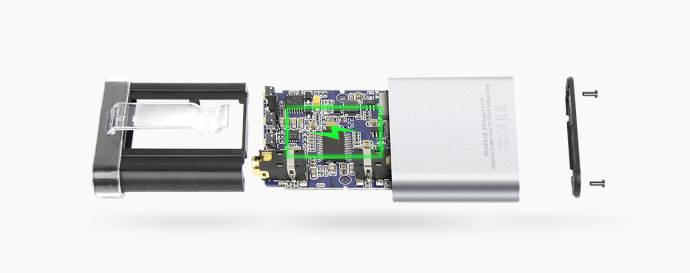
It’s quite funny to see that Fiio chose to implement a bass reduction, it certainly was something I didn’t expect in a $30USD mini amp as most people simply seem to buy these mini amps for the bass boost.
When the blue LED starts flashing red it is time to recharge the battery by micro USB. The LED will turn red when the unit is charging and one it is charged it will turn green. The battery inside the Fiio A1 is a Lipoly battery of 160mAh that lasts about 13hours (on 32Ohm), which is rather impressing. Then again, the A1 doesn’t have a lot of other features draining the battery. Fully charging the unit takes under 90 minutes. The unit comes pre-charged as well.
The Fiio A1 has a remarkably low output impedance of under 0.2Ohm which makes it complementary to high impedance sources and sources without volume control like the Stoner Acoustics AD100/UD120. The amplifier chip inside the Fiio A1 is the TPA6130A2 if I’m not mistaking, together with the 74HC4052PW+OPA2322AID for the bass boost functions. See the table below for all of the Fiio A1’s specs.
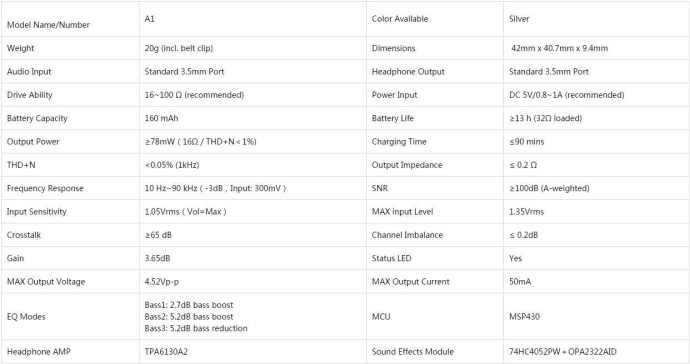
The actual price for the Fiio A1 on Amazon.com is $27.99USD and €29.99 in Europe, making this Fiio’s cheapest unit. The next in line K1 amp/DAC which is $39USD and the A3 which is going for $59.99 in the States and €79! in Europe.
Packaging & accessories
I’m a fan of Fiio’s metal boxes where many of their units came delivered in, even the amplifier modules for the X7 come in a nice box but the A1 like the Fiio K1 comes in a simple plastic see-through packing with the amp on top and a small box with all the accessories below. For ± $30USD you do get quite the number of accessories:
One 7cm 3.5 to 3.5mm interconnect with 90° jacks (I use these all the time)
One long 75cm interconnect with straight jacks (which I never seem to use)
A standard USB to Micro USB charging cable
Documentation (warranty, instructions, …)
Two extra plastic clips
For some reason I always seem to break the kind of clips the A1 uses, so I was happy to see they supplied two extra clips for the clumsy people like me.
Build Quality & Lay-out
As said, I didn’t expect Fiio to make an aluminum $30USD mini amp but like all the latest Fiio products, their build quality is really good. The only thing that is less “carry- or bag proof” is the transparent removable plastic clip with which you clip it to your shirt or pants. Plastic easily brakes when folded over its limit and Fiio seems to know that as they have added two extra clips in the box.
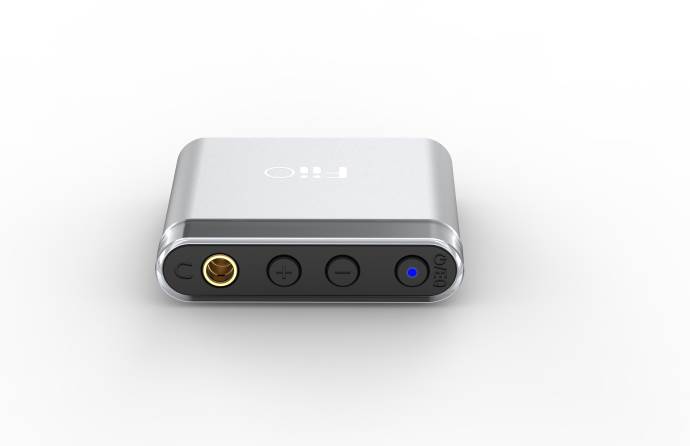
Apart from that the Fiio A1 seems like it can take a beating. The top of the unit is the most important place of the amp and from left to right it features the on/off switch with incorporated LED, volume up, volume down and the 3.5mm single ended gold plated headphone out. On the other side we logically find the gold plated 3.5mm line-in and the micro-USB port for charging. On the front there’s only the Fiio logo and on the back is the transparent clip. A very basic unit design wise.
One remark: I do think the buttons are really close next to each other. The – and + key are like 3mm apart and the + button is right next to the 3.5mm headphone out, that can be annoying when your headphone/earphone uses a big connector. Oh and the blue LED could have been brighter.
Power
Looking at the numbers and the size of the unit, it’s obvious that the A1 wasn’t developed to power big full sized headphones but IEMs. It of course also manages to power the easy to drive headphones like the Koss Portapro, HD25, Urban Vinyl Classics, Hifiman Edition S, etc.
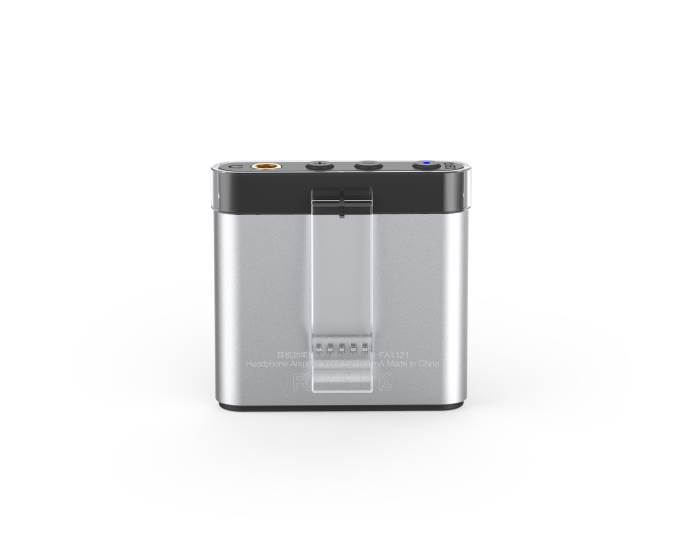
Smartphones and portable players now all have stronger outputs compared to several years ago, so I see the Fiio A1 more as a unit to use as a very first amplifier combined with powerless phones or older portable players. That is unless you’re planning on using the A1’s EQ settings, which is what I think most of the users nowadays will use the Fiio A1 for.
Sound
It’s only normal that you for only $30USD don’t expect a lot from the A1. Yet when using it in normal position (no bass boost and 3.65dB gain), the sound is easy to like. Bass even without boost, has good body and the overall signature of the amp is on the warmer side. Bass isn’t the tightest though but overall the little A1 is quite balanced. Sound stage wise the A1 isn’t the strongest as width and especially depth aren’t that special. Compared to amplifiers 10 times its price (duh!) it’s lacking detail, separation and layering but for a $30 amp, it just delivers a fun and easy to listen to reasonably balanced amplified sound for weak sources and ear/headphones that just need that little bit more.
EQ
You immediately hear the elevated bass kick in on the first bass boost setting (+2.7dB). Besides changing the bass level, it doesn’t really impact the sound apart from the slightly more forward vocals. Bass body now is bigger and it still isn’t the tightest. It doesn’t really run over in to the mids yet but it’s close. If you need more bass than on the normal setting, the EQ1 setting most likely is the one you’re looking for as is most dynamic and “correct”. With bass heavy head/earphones such as the Urban Vinyl Classic, bass even on Bass 1 setting is too much already, but that’s personal preference.
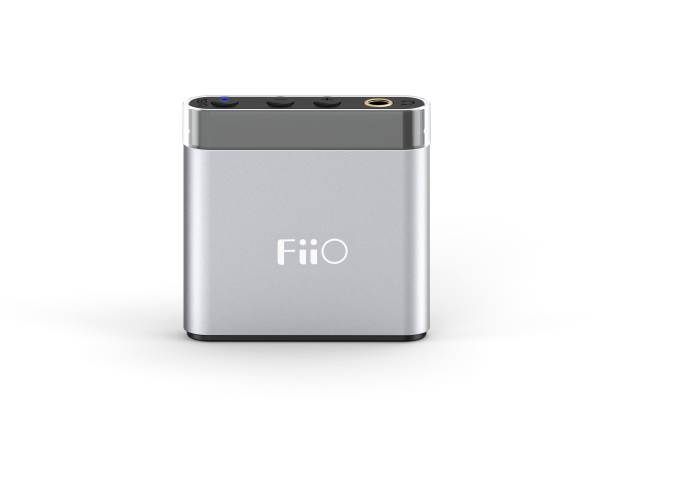
On Bass 2, bass gets boosted by 5.2dB. You can immediately hear the bigger bass which also seems to reach lower. You will however also notice the mids being reduced a little, together with the lower treble, giving the A1 more of a v-curved sound that just doesn’t sound as clear and dynamic compared to the normal and Bass 1 setting.
Using Bass 3-setting reduces the bass with 5.2dB. I didn’t expect this from Fiio as Fiio in the old days always liked its bass. This setting clearly is for those using a very bass heavy headphone or earphone in the first place. Not only does bass gets reduced the body of the mids also decreases, giving the A1 a thinner and dryer sound signature. I’m not a fan of this setting.
Combos & Comparison
Ideally you would pair up the Fiio A1 more with budget IEMs and easy to drive bigger sized headphones. I don’t really see CIEM owners who have just spent between $500 and $3000USD use a $30 amplifier. I’m not the biggest fan of universal IEMs and earbuds and yet my collection seems to get bigger by the month. Here are some tests
A few weeks ago I looked at the original VE Monk which in the meantime has been replaced by the Monk+. M+, according to Lee from VE, is an improved version of the sublime Monk where you get a little less bass and more detailed and forward mids. In general the new + version sounds more balanced but on the A1 the bass in setting 1 already is pushing it while setting 2 completely loses control. The Monk just isn’t the most ideal earbud to pair with the A1. Its brother the 150Ohm Asura 2.0 is thinner sounding with a neutral tuning and I quite like how it sounds without EQ. However on the first bass setting, the A1 is giving the Asura more body down low and it makes more musical. On setting 2 the mids get a bit too recessed for my taste, the negative bass setting certainly isn’t an option on the Asura. The ZEN 2.0 from the same company has an impressive 320Ohm impedance and it on paper shouldn’t be a match for the Fiio A1. In reality I quite like how it sounds with the A1 on both neutral and EQ setting 1 but I’ve heard the ZEN sound a lot better, even straight from the L&P L3.
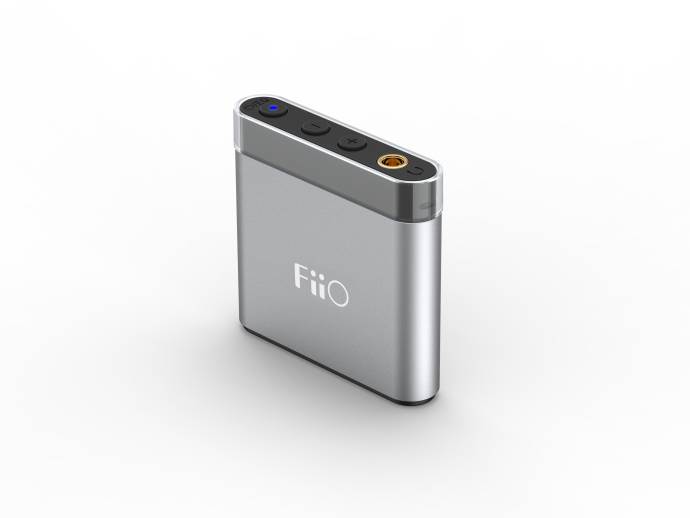
The A&D D2 from Lendmeurears is a new over ear IEM with good bass body to start off with and I only like it without EQ on the A1, it just doesn’t sound right with more or less bass. The original Trinity Delta has three different filters and still I don’t like its sound signature. Setting 1 on the A1 however smoothens it out a bit and the extra bass makes it more enjoyable. On setting 2 it actually sounds even better (with the silver filter in both cases) and it’s the first time I haven’t felt like unplugging the Delta within the first 3 minutes.
Switching to the full sized headphones, the 18Ohm Hifiman Edition S was developed to sound perfect straight out of your phone or portable player and while the volume has to go up a little the A1 manages to drive it perfectly. Except for the negative bass boost, I like all the settings with the Edition S with setting 1 being my favorite
The Urban Vinyl Classic at 84Ohm requires the volume to go up even more but the A1 still pulls it off. The Classic is a bass heavy to start from and it without EQ and on setting one sounds best, really bass heads will probably opt for setting 2 here. I doubt anyone will go for setting 3.
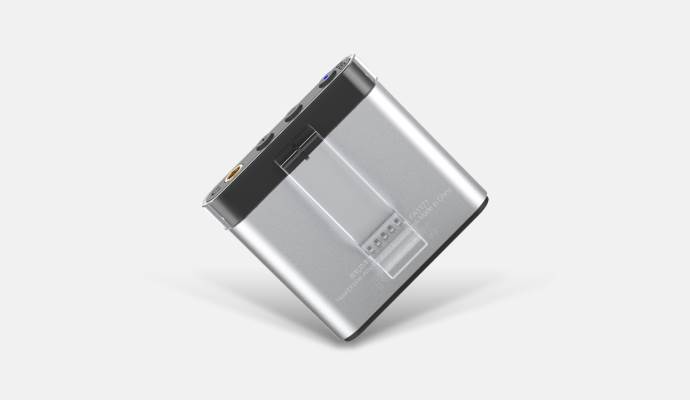
Compared to the Stoner Ruby the A1 is a league below. Ruby sound wider and deeper with better layering and detail. It also has an overall clearer presentation. For a miniature amp it performs very well but then again it costs three times the A1, if you can still find it. I’m sorry to say so, but compared to the other still available Fiio amps, the Fiio A1 logically is the least detailed and refined amplifier. The Fiio E17K and E10K are my favorites, but the Fiio E12A is also extremely good with IEMs and full sized headphones and then there of course still is the E11K. Fiio has so many great budget gear.
Conclusion
The A1 at $30USD is mostly about giving oompf to underpowered phones even though that happens less with the more powerful sources on the market. If you do need an amp and you’re on a low budget, the A1 can be that first amp that will show you what an amplifier can do to achieve good sound. Or you can get the A1 for the different EQ settings it has, especially when you’re looking to add bass to bass light ear or headphones.
For little money you get a well built and small amplifier with a couple of simple but effective EQ functions that mostly impact the bass. I’m not the right person for an amplifier in this range but we all remember that first budget amplifier we bought that started it all. (For me it was an iBasso T-something). I like the fact that Fiio is making budget stuff that offers good quality for money. If however you’re really looking to improve sound quality I’d look at some of Fiio’s other amps like the E12A, E17K and E11K which are quite good.



